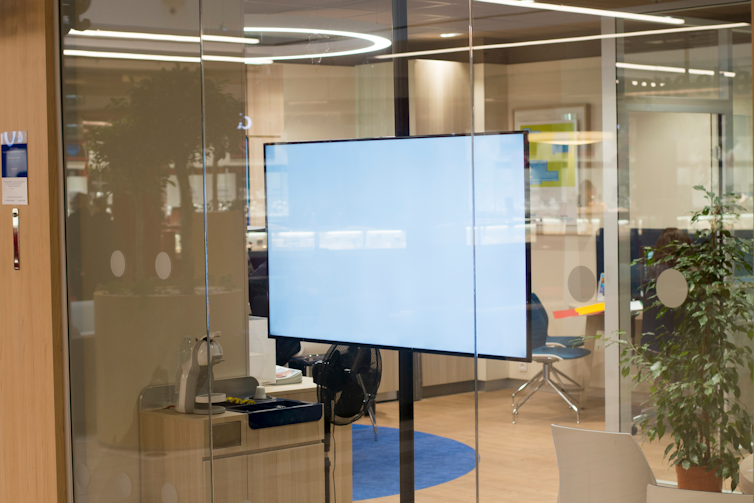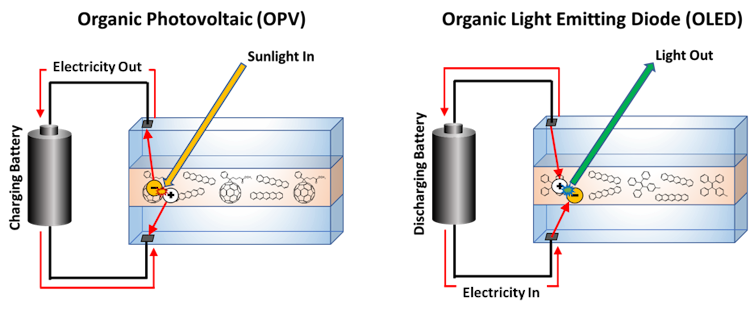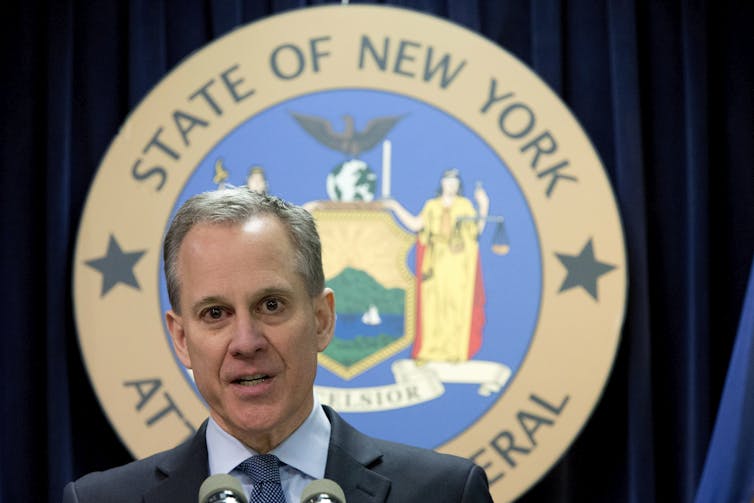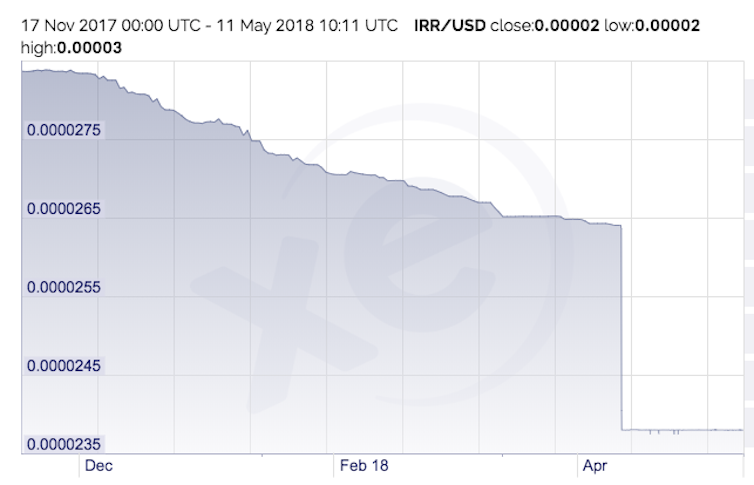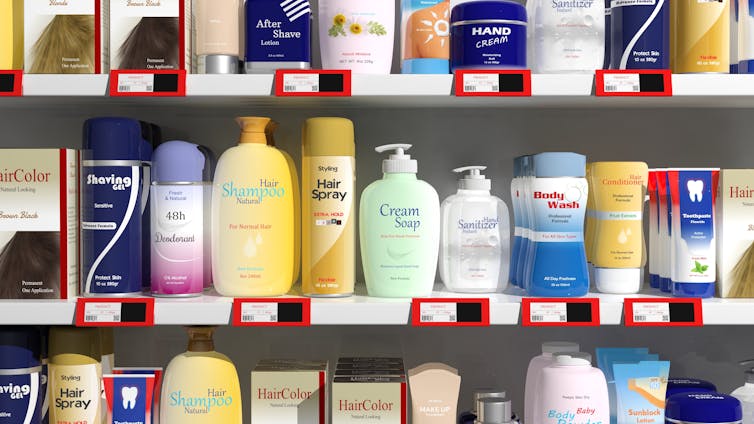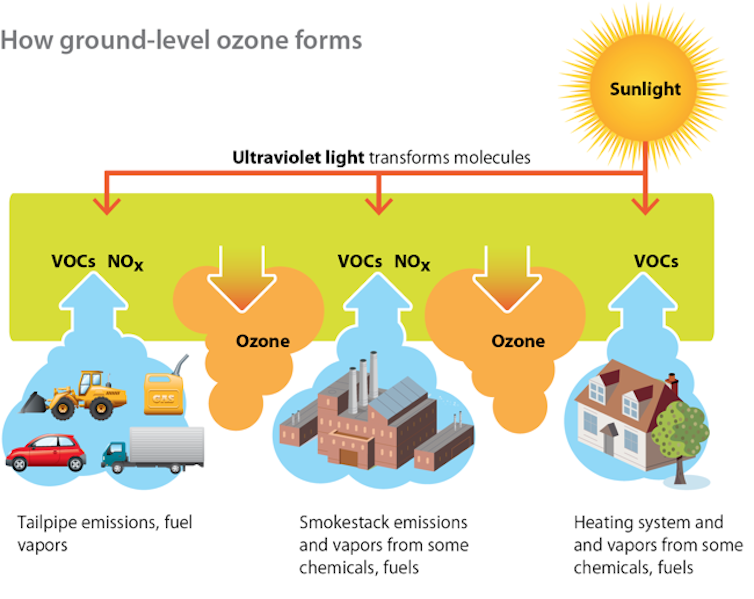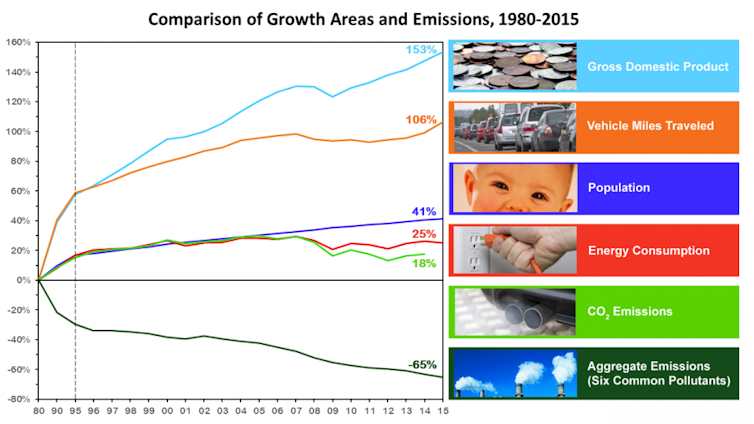
Smart Tips to Protect Your Identity in Search Engines – CWEB.com
By: Leslie Cohen
Managing Editor/CWEB
The web is an open source model for your personal information to get into the wrong hands.
“It’s time to get educated about identity theft. You need to be a little wiser, quite a bit smarter, and there’s nothing wrong with being skeptical. We live in a time when if you make it easy for someone to steal from you, someone will.” Frank Abagnale
Identity theft, stalkers, lawyers, collection agencies, nosy co-workers, potential employers doing background checks, data hackers, creepy guys on dating sites, and stalkers are sniffing for information to abuse your personal information.
How to protect your personal information from public view.
Make sure to adjust your privacy options when signing up for social networking sites. It is recommended to use an alias name as a screen name, and never place your date of birth, real zip code, real phone number, and address in any website that involves social networking or dating.
Even if you have no plans to use a social venue, it’s a preventative measure to register a profile with your real name if that name has not registered. The same holds true for businesses looking to protect their identity. This helps to protect duplicate information of your business name for someone to pose as you. If you own the intellectual property, domains, and trademarks, register all these names on every social site. It’s valuable online real estate. A little more on this below.
For example, Instagram is not for everyone or every business. Think of the venue or any other social networking platform as “free valuable real estate” for your personal use or business promotional use.
Is this Fail proof? Of course not! Advanced data stealers have a more sophisticated way around this.
Not all social networking sites work this way, there are hundreds of people with the same name allowed, such as on Facebook or LinkedIn.
If you’re lucky enough to get emails with all the free email sites with your full name, you can do that too- but it guarantees no cloak of protection to the sophisticated perpetrator, using spam bots utilizing email addresses for identity fraud. It is best to use different emails for your social accounts and bank accounts. Banks and other websites have a two-step protocol, where you can get a text confirmation code to log on in addition to your password.
Protecting a Valuable Asset- Your Intellectual Property
If you are a domain holder, it is advised to register your domain as a private registration. Private domain registration will prevent email spamming, as your email, address and points of contact remain under the privacy cloak of private registration.
If you are a trademark holder, or holder of any pending registrations and have not appointed an attorney with an address on the record, set up a corporation in a state such as Delaware where owner information is not publically listed online. You can use a mailing address at a UPS store, or a U.S. Post Office box valid to receive correspondence. Everything listed in registering a trademark or patent is public information, even in the pre-registration application stage.
It’s been publicized that Twitter bots are stealing social media identities for profit.
The IFTF is a research company that makes sense of merging trends that are forces in changing the world. The institute purchased thousands of retweets for a research test for a monetary fraction and the bots retweeted up to 10,000 times for the holder of their account within a few days.
Twitter says in their policies it works to prevent any manipulation. In today’s plethora of fake news and scammers, web users must err on the side of caution and approach certain things with a subjective view. The debacle of Cambridge Analytica and Facebook should not be surprising. As of this writing- Cambridge Analytica is shutting down.
Was this a big deal? Yes- personal information was leaked out all over the web to app developers.
Facebook will now tell users which websites are tracking them on the web and give users the option to delete their personal data. The program called “Clear History” will let you opt out; your data will be cleared and so will all the cookies stored. When your data kept intact, cookies can make your user experience on Facebook a better one, as it already has your preference stored.
The only people that should have personal information about you should be your family, your banks, your medical doctor, and the IRS. Make sure you opt out of any 3rd party affiliates at your bank soliciting for home loans, credit cards, and new business. If you need these services, contact the banks directly. Don’t allow 3rd party affiliates to have this information from you from your banks. Your information is most likely to be resold over and over again.
Banks are now required by law to let you opt out of 3rd party advertisers. Contact each of your banks for the procedures to keep your information private and not offered to affiliates.
Your profiles on Facebook, Instagram, My Space, LinkedIn, and Classmates.com, and genealogy websites should be in private mode so only your online friends can view your information. LinkedIn and Facebook allow you to keep parts of your profile private and some public. While these are still are not fail-safe solutions, as any data can be compromised. It is best to choose the most private options available to you.
What is Seeding Your Information?
There is a real truth on how data from your social networks get into the hands of data mining companies. Trackers can obtain your private information with seeding, which means where you are marketed to a link that offers a prize with a contest. You fill out the online survey request and your data is targeted along with your other friend’s data on your friend’s list, and then they begin to receive the same survey. Instead of using typical browser date, canvas fingerprinting utilizes the HTML 5 element to identify you instead of traditional cookies.
Data is usually collected by companies like Intellidyn, Tower Data, formerly Rapleaf, and Exelate. Exelate, a Nielson company. The company tracks your web searching and does have an online opt-out page to prevent your web searching from being analyzed. They don’t ask for information from you when you opt-out, it is quite obvious they can see your IP and cookies automatically when opting out. Click the link to opt out of Exelate and then scroll down. You will see the data that they know about you, such as household income, age, and demographics.
Additionally, you check the other sites for their options such as NetworkAdvertising.org and AboutAds.info. You can contact these companies to help manage your privacy online. They work with the clearing houses and offer information on how to opt out of member ad networks. You may search the term “opt-out of lists” in Google Chrome and Mozilla links to further the opt-out process with other types of reporting agencies.
Solutions To Keep You Safer.
Search your name and see if it appears on a website like Spokeo.com, My Life.com, Intellius.com, People Search.com, Emailfinder .com. Archives.com and a host of other sites. You will need to contact these companies directly and tell them that you want your information removed.
Instead of paying some of these websites to remove your information such as Reputation.com, you can also ask Google to remove it. Maybe you see a dead link for your business you want to be removed.
Run a search on Google not using the “Safe Search” filter and see if any derogatory information comes up on you before contacting Google. In addition, sign up for a Google account for the Google webmaster tool. The webmaster tools help webmasters control information or images that appear in the Google search.
If you find a page in Google search results that lists your personal info such as a credit card or social security number, contact Google to submit the request to contact the websites hosting company to request that the page, and have it taken down immediately.
To start the process to remove the information from its search results, email removals@google.com to eliminate your personal information from the Google index and cached pages. For that sensitive information, also contact law enforcement as that publically endorsed information is a federal crime.
If you see your phone number displayed in Google Search, fill out this form here for a removal request at .https://www.google.com/help/pbremoval.html
Google states this on the page “To remove your residential listing information from the Google phonebook, please fill out the form below, entering all information exactly as it appears in your phonebook entry. Doing so will mean your residential listing does not appear in Google for any phonebook search, even searches conducted on your name instead of your phone number. This removal is permanent, and it’s not possible to add your phone number again in the future.” Be cautious about this if you are a business, listed in Google. A business phone will enhance your visibility and exposure online.
How To Remove A Listing From Public Phone Search Sites
Removing a listing from Google will not remove personal information from other pages on the web or from other reverse phone listing lookup services, such as SpyDialer.com, Anywho, White Pages.com Reverse Phone Directory, Phonenumber.com, and Smartpages.com. These companies have listing removal links to request the removal of information. By law, these services must comply with the law. Proving ownership of the data is required.
Set up a Google Alert for your name and phone numbers. When this information appears and gets indexed an email alert will be sent to see where the link is. Step Rep is another monitoring system https://www.steprep.com/. It allows checking up how business competitors stack up against your business in online searches.
There is a browser extension that can control ads and tracking technologies to speed up page loads, eliminate clutter, and protect surfing data. Downloading Ghostery at www.ghostery.com, which is a browser extension that lets users see who is tracking them when visiting websites. It allows the ability to block scripts from untrusted companies, delete local shared objects, and the ability to block images. PrivacyChoice.org lists tracking data for over 250 sites and helps people opt out.
Reputation.com claims to remove and or bury data in the Google search engine and others for a monthly fee. The company claims will spend time adding back in positive data about you in the form of press releases and article mentions, and how to raise reputation scores higher than normal, so the other data gets buried. Only a legal action with the search engine can remove information that has caused defamation or libel against that has caused relevant harm. Contact an attorney that can execute a cease and desist request to the perpetrator.
Yahoo and Lycos’s People Search is powered by Acxiom. To remove basic search info from Yahoo, visit Yahoo Privacy Policy and other search engines, and view the privacy policy links.
Be sure to check the cell phone carriers and landline carriers. Verizon will no longer allow customers cell phone information to be purchased from companies that use your phone numbers in any public databases. The cellphone carriers were selling data to sites such as Intellius and others that list phone number searches and reverse lookups.
Make sure to understand the ”Terms of Use”, because without reading or understanding them, like those apps on your cell phone you sign up for, they can be harvesting your personal information and selling it. The credit bureaus give away your information, which is how the credit card companies market to you, when you get those credit card offers in the mail. Don’t look away from those pesky telemarketers. You can register at https://donotcall.gov/ to keep your phone number on the “Do Not Call” List for telemarketers.
Can Property Records be Removed?
If you own property in your name it is likely to be searched and found on Zillow.com, the state’s local assessors’ office, county recorder’s office, and property record search websites to name a few. Property records are not private. Type in the name of a property owner and their address, city, and state and the top listings are companies that list real estate property records.
Can You Remove Information From State and City Records?
It’s almost impossible to remove information on deed searches, and conveyances in the chain of title. Deeds filed at the county clerk’s office are public record, as are taxes, and liens etc. It is best to form an LLC /Corporation that will own the real estate.
Open Government Guide lists the open laws of each state.
Vpn’s Are They Worth It?
You can sign up for a VPN (Virtual Private Network) service which hides your actual I.P address, but they may be just a glorified proxy. VPN marketers can use other metrics to identify you. That can be anything from a user-agent to a fingerprinting profile. A VPN cannot guarantee your anonymity. It has been said that VPN’s merely funnel the secure keystrokes through a proxy that can log them. Additionally, it may be safer to use the secure (https:) If you use TOR, the IP address you connect to changes about every 10 minutes, and often more frequently than that. This makes it much harder for websites to create any sort of consistent profile of Tor users. The Tor Project website delves deeper into that process.
In Final
Search yourself on the web with reverse phone lookup websites. Check these sites periodically to see how all your telephone numbers, name and addresses appear on the internet.
Make sure to monitor your credit report every 30 days. Sign up for a monitoring service that alerts to any changes in your report. There are many services out there such as Lifelock.com, Equifax-ID, Patrol, and ID Watch Dog to name a few. Start with a free credit report at Equifax or Trans Union. By law, you can get a free one every year.
Set up a Google Alert with your name and phone numbers. If your name appears and gets indexed, you will receive an email alert to see the link. Furthermore, make sure to monitor how your business competitors stack up against you in online searches, monitor reviews and ratings, and listings of your business with a reputation monitoring program Network Solutions product – Reputation Alert
![]() And it is the company’s duty to make it right.
And it is the company’s duty to make it right.










